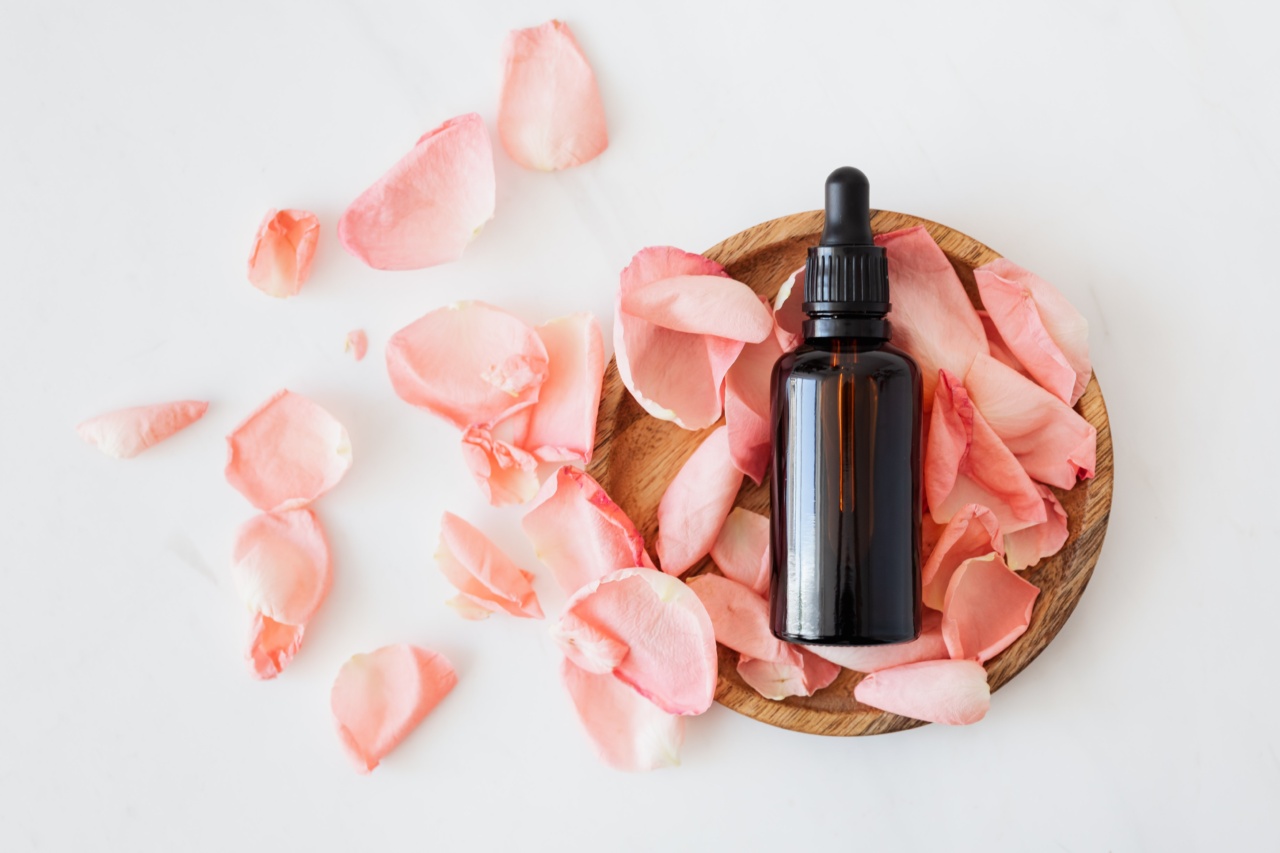Excessive facial oil, also known as oily skin, is a common skin condition that affects people of all ages. It is characterized by an overproduction of sebum, the natural oil that helps moisturize and protect the skin.
While some oil is necessary for healthy skin, too much can lead to clogged pores, acne, and an overall greasy appearance. In this article, we will explore the causes of excessive facial oil and provide solutions to help manage this condition.
Causes of Excessive Facial Oil
There are several factors that contribute to excessive facial oil production:.
1. Genetics
Some people are genetically predisposed to oily skin due to their skin type. If one or both of your parents have oily skin, you are more likely to develop this condition.
2. Hormonal Changes
Hormonal changes that occur during puberty, menstruation, pregnancy, and menopause can also cause an increase in sebum production. This is because hormones like androgens stimulate the production of oil in the skin.
3. Diet
Diet can also play a role in excessive facial oil. Consuming a diet high in carbohydrates and sugar can trigger an increase in insulin levels, which in turn stimulates sebum production.
Eating a balanced diet that includes plenty of fruits and vegetables can help regulate oil production.
4. Environmental Factors
Environmental factors like humidity, heat, and pollution can also contribute to oily skin. When the humidity is high, the skin’s natural moisture barrier can become compromised, leading to an overproduction of oil.
Pollution can also clog pores and contribute to acne.
5. Skincare Routine
Your skincare routine can also play a role in oily skin. Over-washing your face or using harsh, drying products can strip the skin of its natural oils, leading to an overproduction of oil as a result.
Using non-comedogenic, oil-free products can help regulate oil production.
Solutions for Excessive Facial Oil
While there may not be a cure for oily skin, there are several solutions you can try to help manage this condition:.
1. Cleansing
Cleansing your face twice a day with a gentle cleanser can help remove excess oil and debris from the skin. Be sure to use lukewarm water, as hot water can strip the skin of its natural oils.
2. Exfoliation
Exfoliating the skin once or twice a week can help remove dead skin cells that can clog pores and contribute to oily skin. Be sure to use a gentle exfoliant, as harsh scrubs can irritate the skin.
3. Moisturizing
While it may seem counterintuitive to moisturize oily skin, using a lightweight, non-comedogenic moisturizer can actually help regulate oil production.
When the skin is dry, it can overcompensate by producing more oil, so keeping the skin hydrated can help prevent this.
4. Use Oil-Control Products
Using products specifically formulated for oily skin can help control excess oil production. Look for products that contain salicylic acid or benzoyl peroxide, which can help unclog pores and prevent acne.
5. Maintain a Healthy Lifestyle
Eating a balanced diet, getting enough sleep, and exercising regularly can all contribute to healthy skin. Avoiding smoking and excessive alcohol consumption can also help regulate oil production.
Conclusion
Excessive facial oil is a common skin condition that can be managed with the right skincare routine and lifestyle habits.
Understanding the causes of oily skin and implementing solutions like cleansing, exfoliation, and using oil-control products can help keep your skin healthy and radiant.































